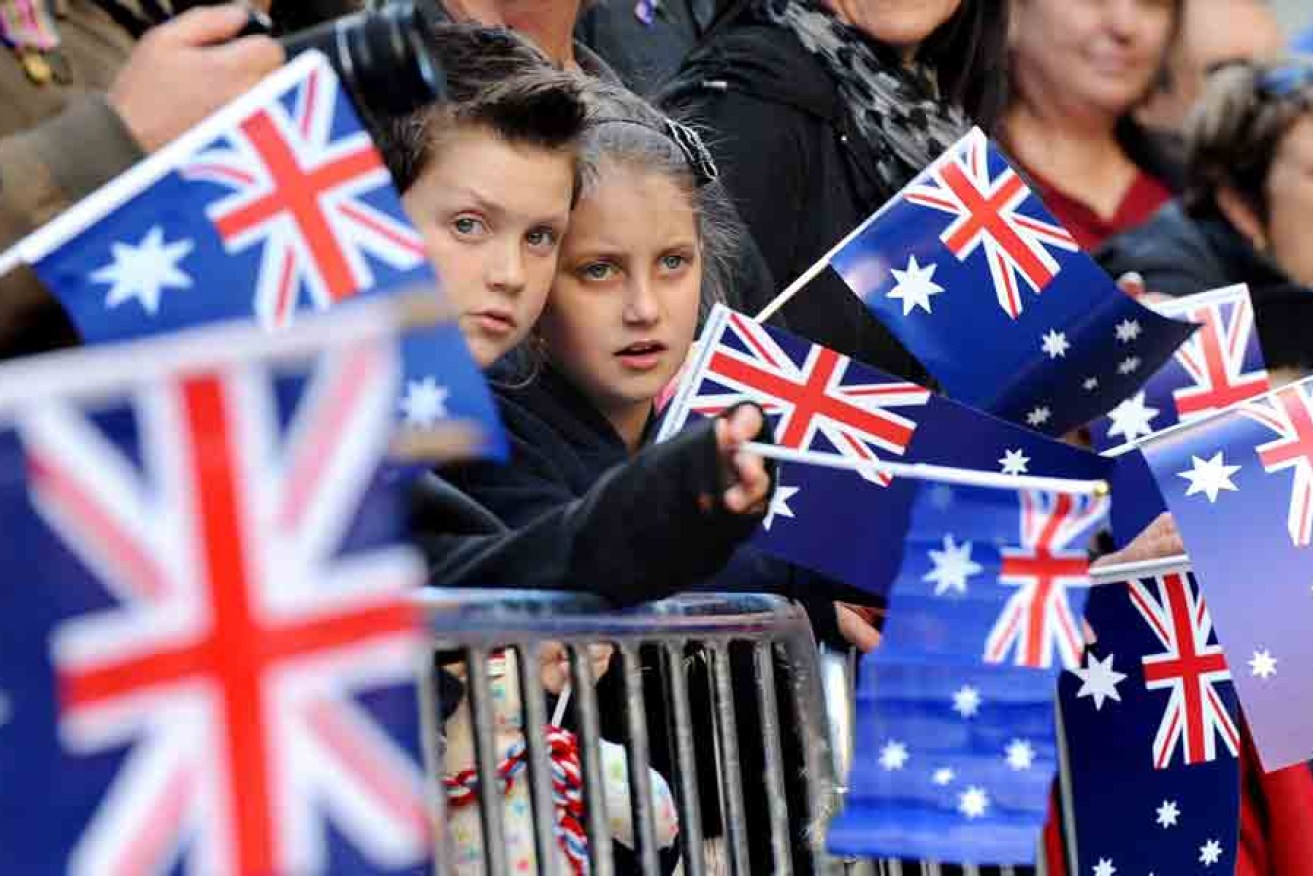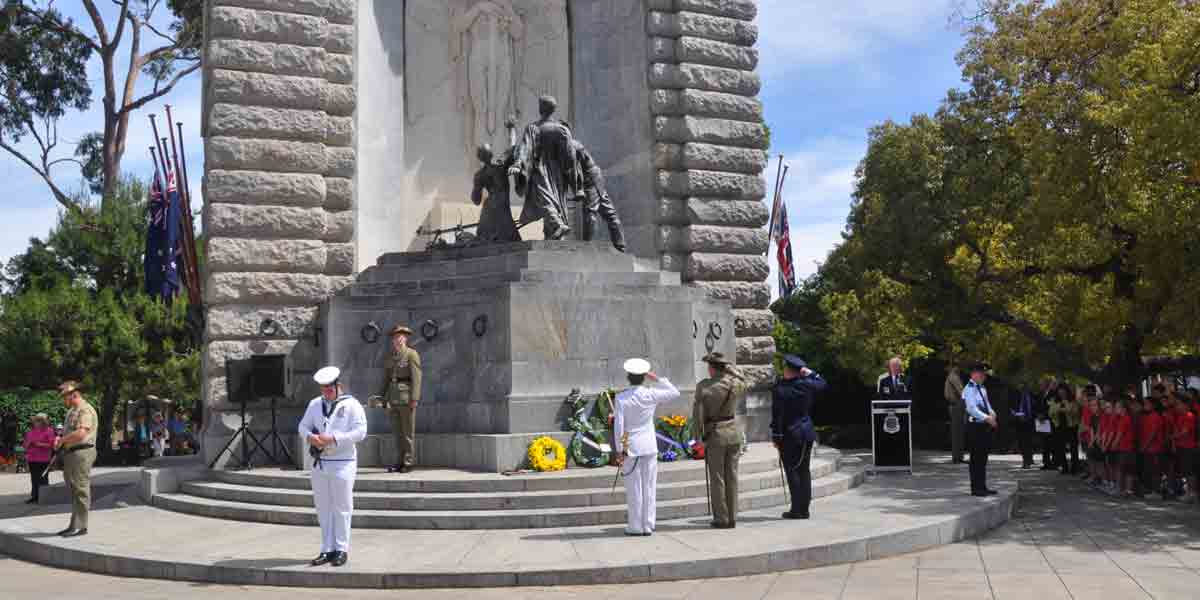Is it too late to save the RSL?

Young Australians are drawn to Anzac Day celebrations - but does the RSL really want to connect with them?
The appointment of Lieutenant Commander Sam Jackman, 48, as the Returned and Services League (RSL) national chief executive is 25 years too late.
Lt-CDR Jackman is the first female boss of the national RSL in more than a quarter of a century and she is being set up to fail.
RSL clubs across the nation are closing amid severe financial stress and, in some cases, mismanagement. In 2004, the RSL had 240,000 members nationally. Today there are fewer than 117,000, as the World War 11 and Korean War veterans pass on.
In South Australia, the future of the RSL is dire with fewer than 9,000 members. It is expected that only 20 of the 110 SA sub branches will survive the next 10 years. In 2012, the median age of the South Australian RSL membership was 82.
There is also a push for clubs in debt to sell up and capitalise on rising real estate prices.
Founded in 1916 during the First World War, the RSL caters to the needs of returned servicemen and women. It’s a proud and iconic institution – a pillar of Australian patriotism.
Young people are drawn to the authenticity of the Anzac Day parade – more so than their Boomer parents. They recognise that it was the courage of young men and women about their age, who through duty and sacrifice, helped defend Australia from invasion during the Kokoda campaign.
This is a powerful story but the RSL hasn’t responded to this growing interest from the young. Most clubs don’t want to modernise; they don’t want to serve restaurant meals, provide live music or cater to young people. They want to be left alone.
The old vets are right to protect the regimental standards, the honour rolls, and the symbols of the fallen. But the RSL is living in the past. Those young people – their great grandchildren – are the future of the RSL and probably its greatest supporters.
Brigadier Tim Hanna, the RSL SA state president SA, called on members to befriend potential new chums, although admitted there were problems.
“I have stood at the front door of some RSL premises and (have) been greeted with looks which belong in a horror movie,” Brigadier Hanna said.
RSL clubs that go on the offensive will survive.
Of course the real horror is no movie. Few of the 45,000 Australians who served in Iraq and Afghanistan have joined the RSL. Many believe it has failed to provide practical support to young veterans, some of whom bear the deep mental and physical scars of combat.
New groups such as Soldier On, Young Diggers and other non-affiliated RSL organisations, provide direct aid to veterans from recent conflicts and also assist their families and partners.

The RSL’s Remembrance Day service at the South Australian National War Memorial in Adelaide. AAP photo
Critics say the RSL has been focused on membership at the expense of providing practical support to young veterans.
The president of Young Diggers, John Jarrett, said the RSLs were “bottoming out”.
“They only help the young guys and girls when they can get the publicity. They have short memories. They keep asking us how do we attract young membership and I say to them ‘listen to them and give them what they need.’ But that costs money.”
The RSL SA hired local advertising agency KWP! in 2012 to boost numbers with limited success. It also recently hired a communications advisor.
The RSL made a mistake by not rolling out the welcome mat to returning Vietnam soldiers in the 1960s and 70s. Vietnam Vets also had to fight post-traumatic stress and cop snide comments from some RSL members who said their war was not a ‘real war’. The Vietnam Veterans’ Association of Australia was formed in the 1980s.
The RSL is a case study for CEOs and HR managers on how not to let their workplaces or membership bases become geriatric institutions.
The average age of a South Australian public service officer is almost 50. The central challenge of policymakers is to replenish the large number of skilled workers who will retire. More NGOs and charities with ageing membership profiles will go the way of the RSL over the next 10 years.
Two local RSL clubs, though, won’t be defeated. A membership drive by the Semaphore RSL and backed by the local community, has turned around a $40,000 debt. It now has 300 members, up from 95 in September 2012.
The rebranded club uses web marketing to promote functions and it has introduced live music, curry nights, singles nights and eight ball. The Semaphore RSL is not incorporated with the state RSL.
The Port Noarlunga Christies Beach RSL has also seen the light and is providing live entertainment. It has a popular menu that is pulling in customers from near and far and there’s not a pokie machine in sight.
RSL clubs that go on the offensive will survive. Their young members will carry forward the battle standards, the symbolism and the stories of our fighting men and women, which for so long, were the domain of the old RSL. More power to them.
Malcolm King works in generational change. He is an Adelaide writer.




